Is Your Airplane Food 10 Hours or 2 Years Old? It Depends
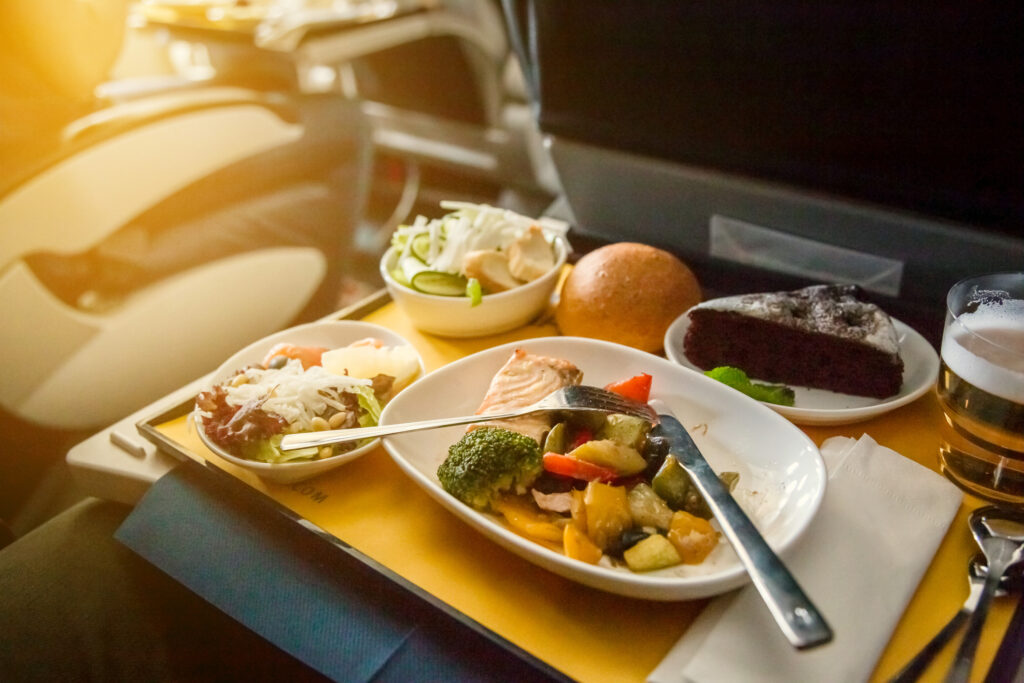
Food served on board of business class airplane on the table. Young women having a meal on board of a plane. Tray of food in the airplane. Tray of food on the plane, business class travel.
A 16-month-old vegan meal made headlines when the flyer who ordered it shared a picture online. Flyers were left questioning how long a meal can go unserved and waiting for the right passenger. We looked into the meal requirements – and the rules surrounding airline meal service can be confusing.
Earlier in June 2019, FlyerTalkers—and the world of aviation enthusiasts, for that matter—were taken aback by what appeared to be a 16-month-old vegan red curry vegetables meal aboard an American Airlines flight. Despite it being made over a year prior, the airline claimed to a blog that serving “aged” meals was within industry standard guidelines.
This presents a problem to anyone offered an airline meal when they fly, be it in the domestic first class cabin or in the back of the airplane while on an international trip. Is every flyer doomed to eat meals that were made over a year prior? Moreover, is it truly acceptable to eat a meal that was prepared well in advance of their next trip?
To determine the state of catering, FlyerTalk looked into how meals are made today. And what we found was an industry under just as much stress as the airlines to deliver product both on time and without excess waste.
Who Makes Your Meals?
Like many services in the aviation industry, airline catering is handled by a small group of companies. Meals are delivered by familiar companies like LSG Sky Chefs, Gate Gourmet, Chelsea Food Services, Emirates Flight Catering and Sats, among others. Even though many of these companies are owned by an airline—LSG Sky Chefs is part of Lufthansa Group; Chelsea Food Services is owned by United Airlines; and Emirates Flight Catering is owned by Emirates—they can operate independently and provide services to multiple carriers.
The amount of food made for airlines goes far beyond what a restaurant may produce in a given day. LSG Sky Chefs alone makes over 560 million meals every year at over 200 airports. That breaks down to roughly 1.53 million meals worldwide every day. Comparatively, other catering companies are much smaller: Emirates Flight Catering only produces 225,000 meals per day for over 100 customer airlines.
How Fresh Are Those Meals?
The freshness of meals may be directly tied to the airline and the meal flyers order before departure. Aboard Hong Kong Airlines, a Lonely Planet report found the airline works to prepare meals 24 hours before departure.
But as an industry target, airline meals are prepared fresher than some grab-and-go airport options. According to a 2014 report by Thrillist, companies like LSG Sky Chefs target to have meals prepared 10 hours prior to departure. And if a flight is delayed, then an entire load of prepared meals can be rejected and replaced with a new order. This is a safety measure to reduce the chances of food poisoning due to spoiled food.
The list of airlines that LSG Sky Chefs says that it caters to includes Alaska Airlines, Air Canada, Air France, Delta, British Airways and LATAM (among many others) but they do not specify which meals they provide, in what class and on what route. For example, the 16-month old meal that made the news was found aboard American Airlines which is also listed as one of LSG Sky Chef’s customers.
Let’s revisit the 16-month-old American vegan meal. While most meals are prepared for a specific flight, special meals may be prepared well before they are needed. In response to the viral “aged” meal, a spokesperson for American told The Daily Express: “Diabetic, Asian Vegetarian, Hindu, Muslim, Gluten Free, and Vegan meals will receive standardized and frozen pre-prepared meals, which will have a one year frozen shelf life.”
It can get even worse for meals prepared in other parts of the world. In Singapore, catering company Sats claimed to The Straits Times their fresh meals can be frozen for up to 90 days, while ready-to-eat meals can sit for up to 24 months without refrigeration due to pasteurization and sterilization. Comparatively, an MRE provided to American soldiers has a shelf life of five years without refrigeration.
How Can I Avoid Getting an Older Meal?
Unfortunately, there may not be an easy way for flyers to avoid getting a meal that isn’t old in some way, shape or form. Catering menus can be solidified for up to one year in advance, and contracts may allow for some meals to be prepared that far ahead.
However, flyers are under no obligation to eat the meals that are provided to them. Instead, it is perfectly acceptable to bring prepared meals on board (within reason) for their flight. For those who would rather have their own food while they travel, be sure to follow these simple guidelines:
1. No liquids: In addition to not having a facility to heat up that special soup, foods are not exempt from TSA screening and requirements. If your food item requires more than 3 ounces of liquid and can’t fit in a quart bag, it needs to be left at home.
2. No alcohol: Airlines have very strict rules about serving alcohol on flights. If your special meal requires an alcoholic garnish, you may have to purchase it on the aircraft. Otherwise, it may not be acceptable to take on board.
[Featured Image: iStock]


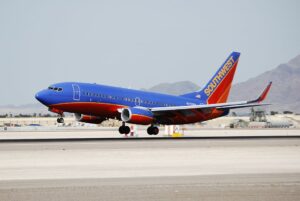







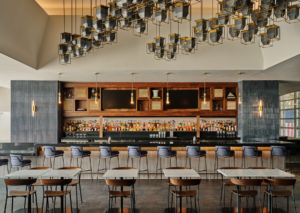









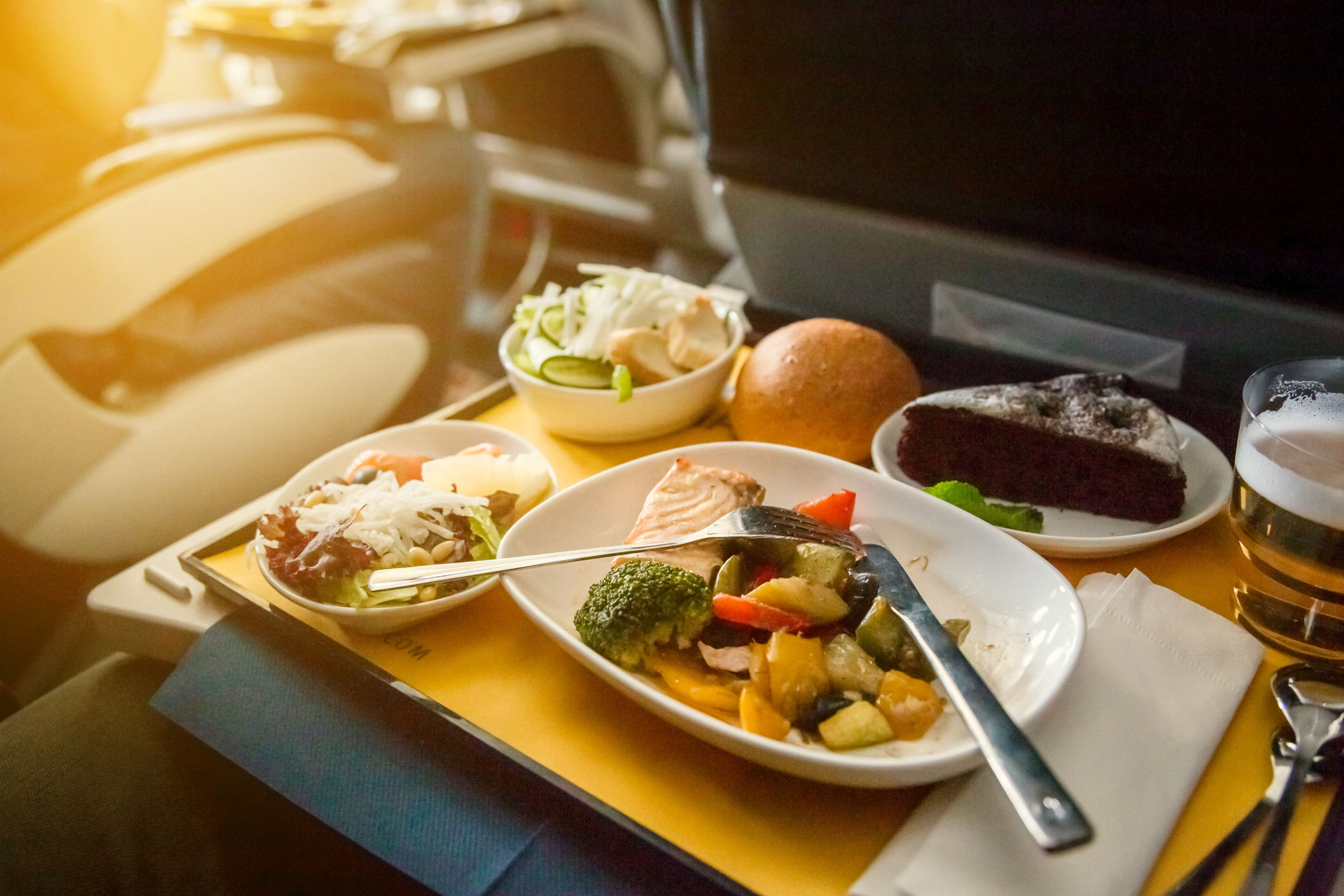
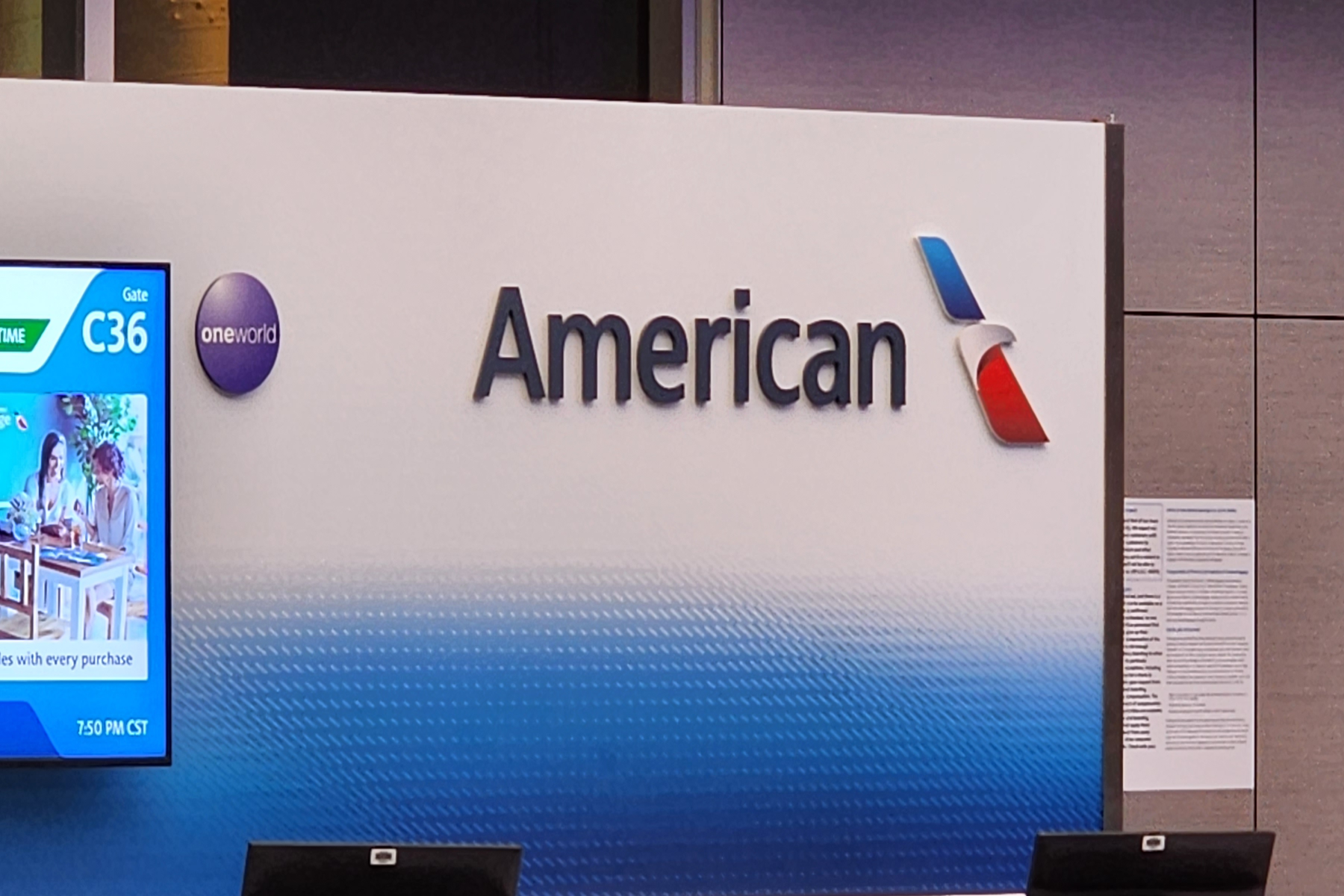

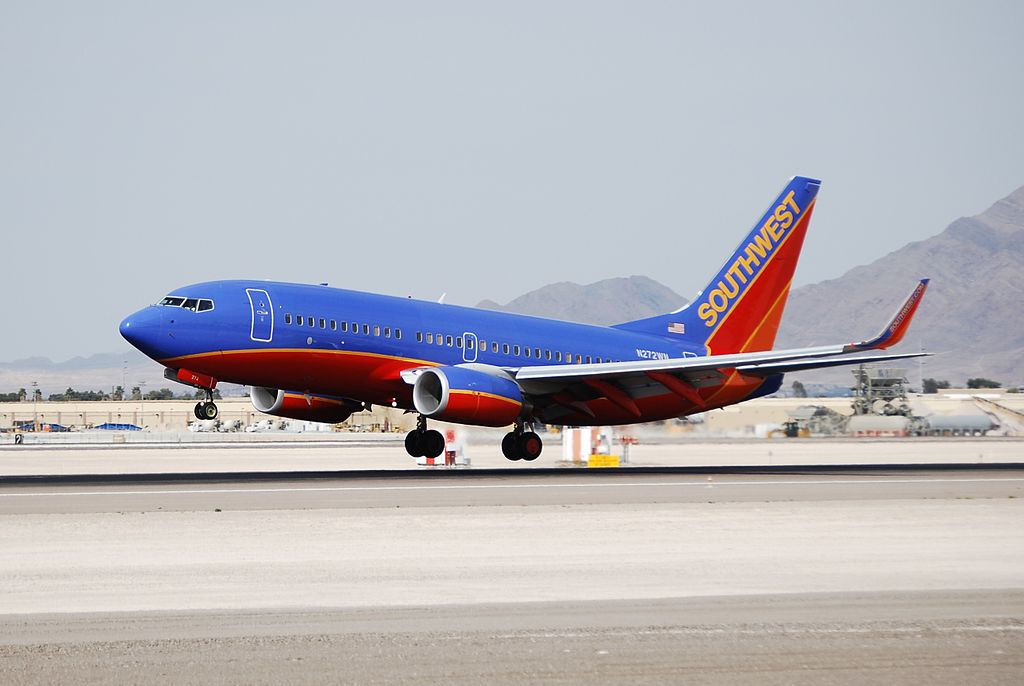

I agree Max Legroom!.
What's the problem? You probably all got some prepped meals (either bought or cooked yourself) in the freezer. Can't see why some meals can't be frozen and then served. In any case, mopst airplane food (no matter which class) is so appalling, that it's better to BYO or, better still, fast for a few hours.
I wonder how often the food prep. companies are subjected to government quality control? Do passengers sue airlines for serving unhealthy( contaminated) meals?